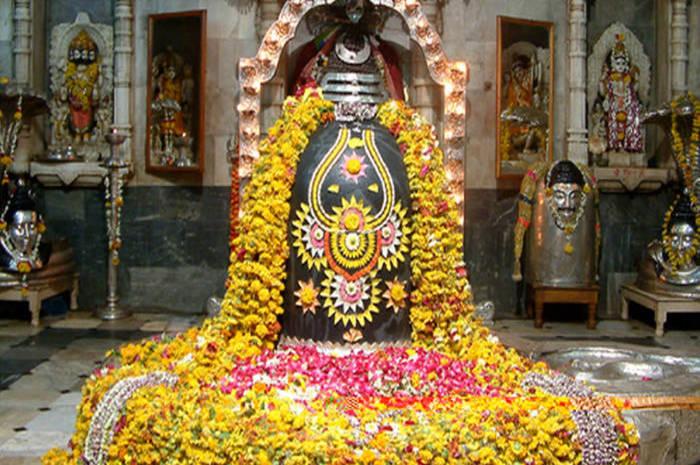Grishneshwar - Bhimashankar - Trimbakeshwar from Pune
Pune-Grishneshwar Temple(0N)--Trimbakeshwar(1N)--Bhimashankar(0N)--Pune(0N)--2D

Pickup from Pune, drive to Grishneshwar then Trimbakeshwar. Next day to Bhimashankar and back to Pune.
Pune:
Pune is a vibrant metro city in Maharashtra, a hub of education, industry, information technology, entertainment, and so on. But what makes Pune still more significant is that it is a place from where you can plan several exciting trips to hill-stations, forts, and places of pilgrimage, not to forget an adventurous package too. Apart from the many interesting places just beyond the city limits of Pune, such as the Sinhagad Fort or the backwaters of the Khadakvasla Dam, tourists always make it a point to visit the twin hill-stations of Lonavala and Khandala for its bracing weather and the wonderful views you get of the valley and the snaking highway that leads to Mumbai. Distance from Mumbai: 150 kms How to reach Air There are direct flights from Mumbai airport to Pune. Rail There are many trains which connect Mumbai to Pune. The train journey is very convenient and goes through the scenic Khandala ghats. Road These two cities are very well connected by road. There are State transport buses as well as private buses which ply between Pune and Mumbai. The expressway has reduced the travel time between the two cities by approximately two hours. The expressway starts at Kalamboli (near Panvel), and ends at Dehu Rd. (near Pune).
Grishneshwar Temple:
Grishneshwar temple, sometimes referred to as the Ghrneshwar or Dhushmeshwar temple, is one of the shrines dedicated to Lord Shiva that is referenced in the Shiva Purana.[2][3] The word Ghrneshwara means "lord of compassion".[2] The temple is an important pilgrimage site in the Shaiva tradition of Hinduism, which considers it as the last or twelfth Jyotirlinga (linga of light).[4] This pilgrimage site is located in Ellora (also called Verul), less than a kilometer from Ellora Caves – a UNESCO World Heritage site. It is about 30 kilometres (19 miles) north-west of the city of Aurangabad, and about 300 kilometres (190 miles) east-northeast from Mumbai. The temple structure was destroyed by the Delhi Sultanate during the Islamic onslaught and genocide targeting Hindus in 13th and 14th-century. The temple went through several rounds of rebuilding followed by re-destruction by Muslims during the Mughal-Maratha conflict. It was rebuilt in the current form in the 18th century under the sponsorship of a Hindu queen Ahilyabai Holkar of Indore, after the fall of the Mughal Empire.[4] It is presently an important and active pilgrimage site of the Hindus and attracts long lines of devotees daily. Anyone can enter the temple premises and its inner chambers, but to enter the sanctum sanctorum core (garbha-ghrya) of the temple, the local Hindu tradition demands that men must go bare-chested.